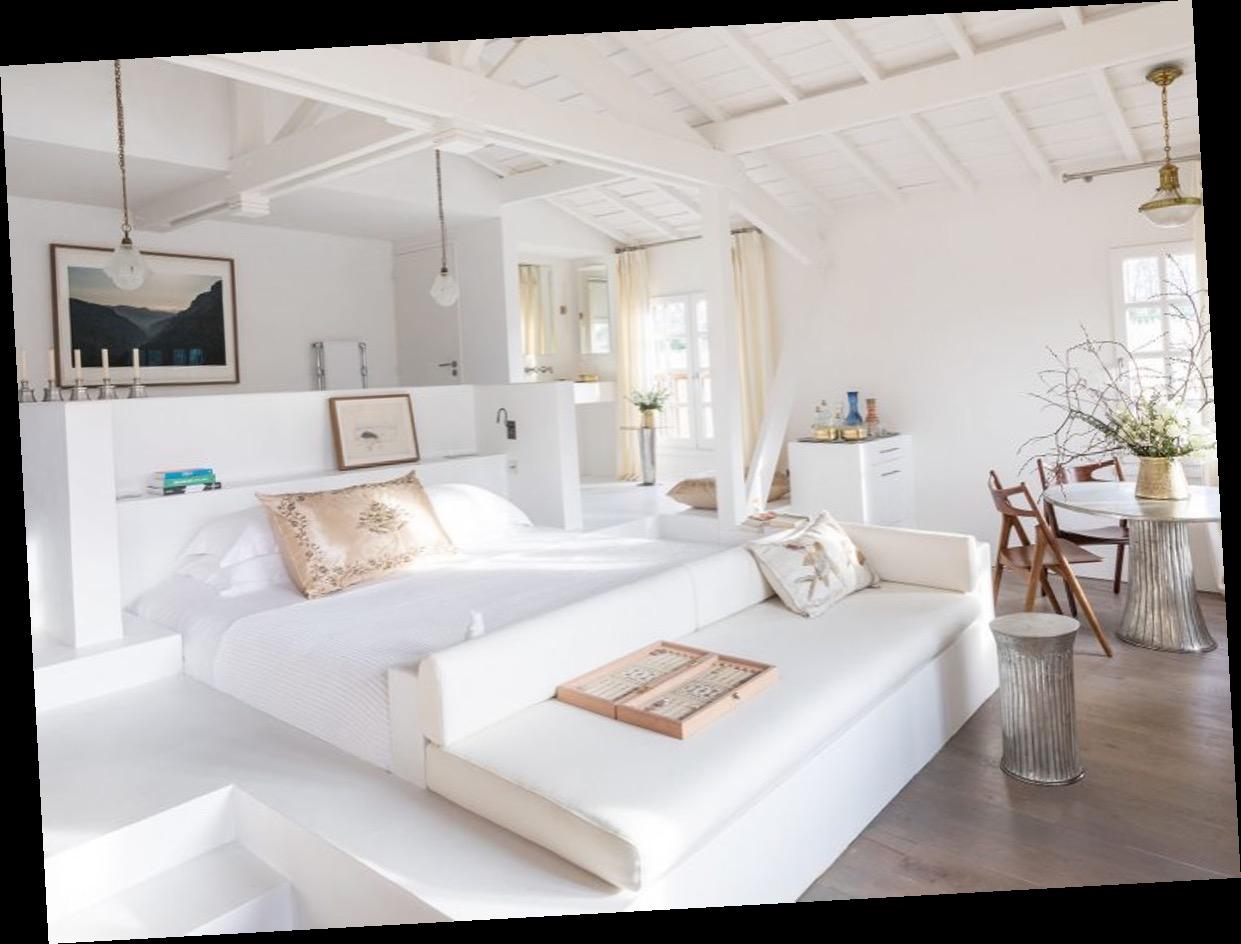








At the gateway to Bordeaux, the appellations of Graves, Pessac Léognan, Sauternes and Barsac trace an historic lineage along the Left Bank of the Garonne River. Here, over 450 winegrowers are committed to cultivating their estates with passion, ingenuity and family know how. The people of Graves Sauternes are the living legacy of “Grands Vins de Bordeaux,” known for prestigious Classified Growths like Château Yquem and Château Haut Brion as well as new generation winemaking and inspiration. This is a region of big personalities and small vineyards dedicated to the production of memorable wines.



At the heart of the region lies one of the wine world’s most diverse terroirs, defined by complex natural elements from the Atlantic Ocean, rivers, forests and climate. The result is a range of stylish red, white and sweet wines with extraordinary finesse and wide appeal.

In this topographic view of the Graves Sauternes, we present a view of the appellations from North to South to show the many natural terroir advantages of the region on the banks of the Garonne River.
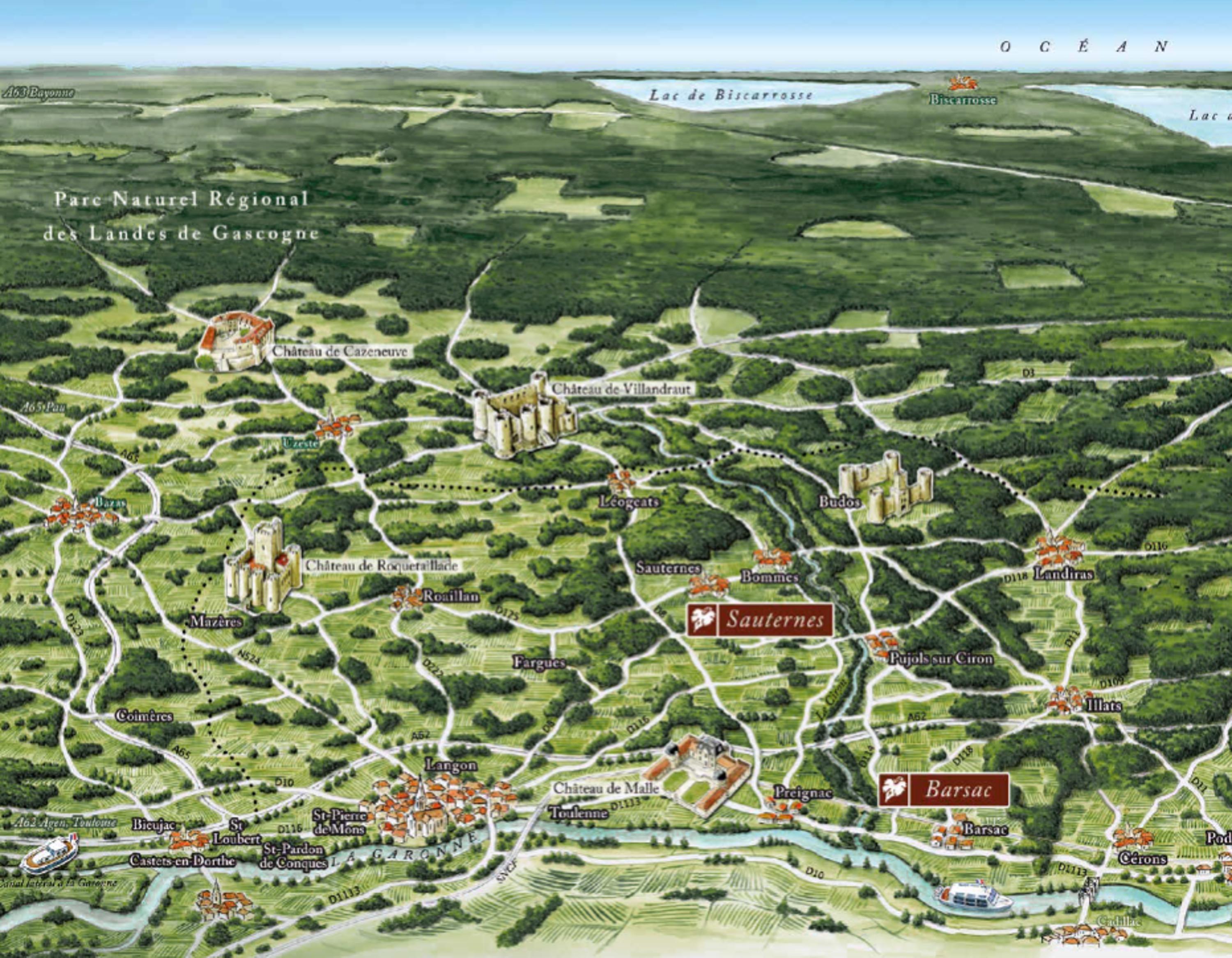
Maritime influences mean mild winters and warm summers, a moderate and stable climate with relatively few frosts.
The Ciron River (cooled from the Landes forests) meets the warmer Garonne to create misty mornings and the perfect conditions for botrytis.
SAUTERNES BARSACThe classic gravel soils of the region are the result of many millennia of geological activity by glaciers and rivers.
The extensive Landes de Gascogne pine forest acts as a protective barrier from Atlantic storms. Gently rolling hills, woodlands and charming villages define the landscape.


Pessac Léognan lies just south of Bordeaux, including celebrated estates such as Château Haut Brion. Trains quickly connect the Graves region to city center Bordeaux.
 PESSAC LEOGNAN
PESSAC LEOGNAN







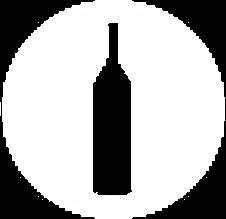






The Graves Sauternes region is the birthplace of great Bordeaux wines. The Romans planted vineyards 2000 years ago drawn by nature and accessibility. The region lies directly south of city of Bordeaux tracing the banks of the Garonne River through the four appellations of Graves Sauternes. Proximity to the port of Bordeaux, a temperate Atlantic climate with warm southern exposure and perfect soils have long defined Graves Sauternes as a singular terroir, the only region with the distinction of Crus Classé red, white and sweet wines.

Sauternes is the story of a handful of families lovingly dedicated to the magical craft of boutique sweet white wines since the 16th Century. The unique, humid conditions at the confluence of the cooler Ciron River with the warmer Garonne River support an extraordinary microclimate. The fog that lifts over the vines nurtures wines and people of extraordinary character.
A communal appellation within greater Sauternes, Barsac derives identity from limestone soils and fresh minerality. Producers can choose to bottle their wines as Sauternes or Barsac.


Sauternes and Barsac were the most awarded Cru Classé regions in 1885










Sémillon The original grape of Sauternes and Barsac represents 80% of plantings. Conveys a beautiful topaz color and complex aromas of honey, pear, stewed quince, white acacia flower, mango, and candied apricot.
Sauvignon Blanc delivers a lively character and powerful aromas including citrus, exotic fruit, and white flowers.. The pulp adds good acidity level to support ageability. An essential variety, Sauvignon represents up to 20% of the blend in Grands Crus wines.
Muscadelle is rich in floral aromas, perfume and hints of orange zest, with a slightly musky note to add complexity and depth.











The Sauternes and Barsac appellations produce the world’s most renowned sweet wines thanks to extraordinary climate conditions that allow for the development of botrytis. The cool Ciron River meets the warmer Garonne waters at the Port of Barsac creating a natural condensation that blankets the vineyard and allows for the development of “Botrytis Cinerea,” a grape fungus commonly known as the Noble Rot. Autumn mists followed by beautiful sunny days are particularly conducive to botrytis, which settles on very ripe grapes and concentrates into a nectar. The grape becomes wrinkled to a deep plum color with complex aromas that account for the depth of flavors in the wines of Sauternes and Barsac. The development of botrytis on the grapes is not uniform, requiring a long, difficult harvest. Entirely by hand, expert vineyard workers often pass three to four times to inspect and pick only the ripened grapes on each bunch. Small production by nature, a single vine will yield only one glass of sweet wine!






Situated 25 miles (40 km) southeast of Bordeaux between the left bank of the Garonne and the Ciron Valley, the region is surrounded by the cooling natural influences of the Natural Park of Landes de Gascogne. The vineyard extends over 4700 acres (1900 ha) including five communes: Sauternes, Barsac, Bommes, Fargues and Preignac.
 Argile/Clay
Limestone and Fine Gravel
Sand Sand
Graves/Gravel
Red Sand
Alluvial
Ciron
Argile/Clay
Limestone and Fine Gravel
Sand Sand
Graves/Gravel
Red Sand
Alluvial
Ciron
The vineyards of Sauternes and Barsac lie adjacent to each other to the south of Bordeaux, neighbors through the ages, Both areas benefit from the microclimate of the area to develop botrytis in the grapes.

The soils account for the distinction between Sauternes and Barsac. Barsac generally includes more red sand, clay and limestone soils, while Sauternes features more gravel. The result: fresher, brighter citrus flavors in Barsac versus richer, more tropical fruits in Sauternes.
10 of the 27 Châteaux from Sauternes and Barsac classified as Crus Classés in 1855 are in Barsac.
Sauternes and Barsac were the most highly classified regions in the Bordeaux classification of 1855 with 27 Crus Classés.
Château YQUEM (Sauternes)
Château LA TOUR BLANCHE (Sauternes)
Château LAFAURIE-PEYRAGUEY (Sauternes)
CLOS HAUT-PEYRAGUEY (Sauternes)
Château de RAYNE VIGNEAU (Sauternes)
Château SUDUIRAUT (Sauternes)
Château COUTET (Barsac)
Château CLIMENS (Barsac)
Château GUIRAUD (Sauternes)
Château RIEUSSEC (Sauternes)
Château RABAUD PROMIS (Sauternes)




Château SIGALAS RABAUD (Sauternes)

Château de MYRAT (Barsac)
Château DOISY DAËNE (Barsac)

Château DOISY DUBROCA (Barsac)
Château DOISY – VEDRINES (Barsac) Château d’ARCHE (Sauternes)
Château FILHOT (Sauternes)
Château BROUSTET (Barsac)
Château NAIRAC (Barsac)
Château CAILLOU (Barsac)
Château SUAU (Barsac)
Château de MALLE (Sauternes)
Château ROMER DU HAYOT (Sauternes)
Château ROMER (Sauternes)
Château LAMOTHE (Sauternes)
Château LAMOTHE GUIGNARD (Sauternes)
There are over 50 aromas mingling in each glass of the sweet wines of Sauternes and Barsac. Sauternes and Barsac deliver amazing versatility and style to pair from appetizers and entrées to dessert and specialty cocktails. The astounding aromatic complexity of the wines invites discovery for all occasions.


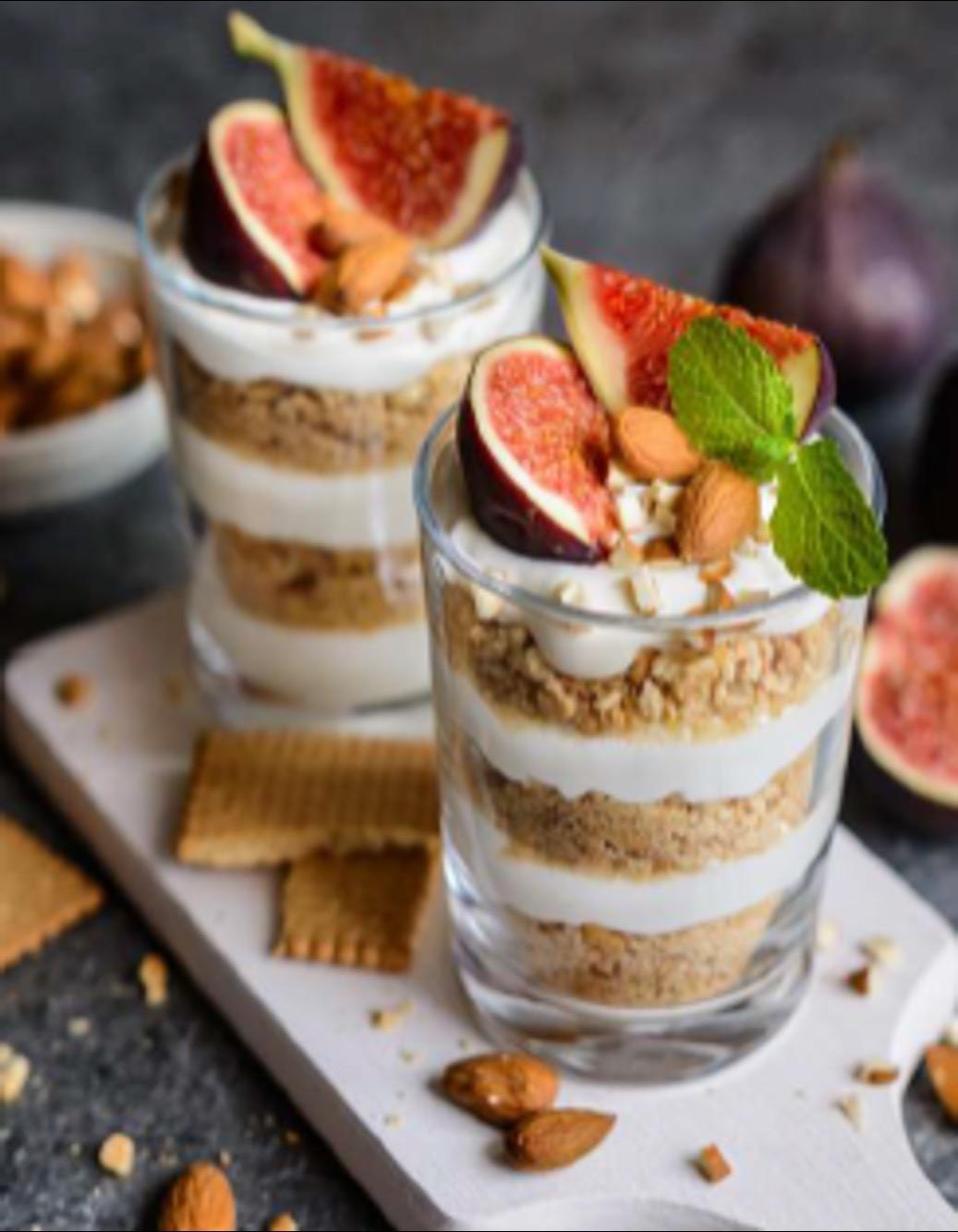
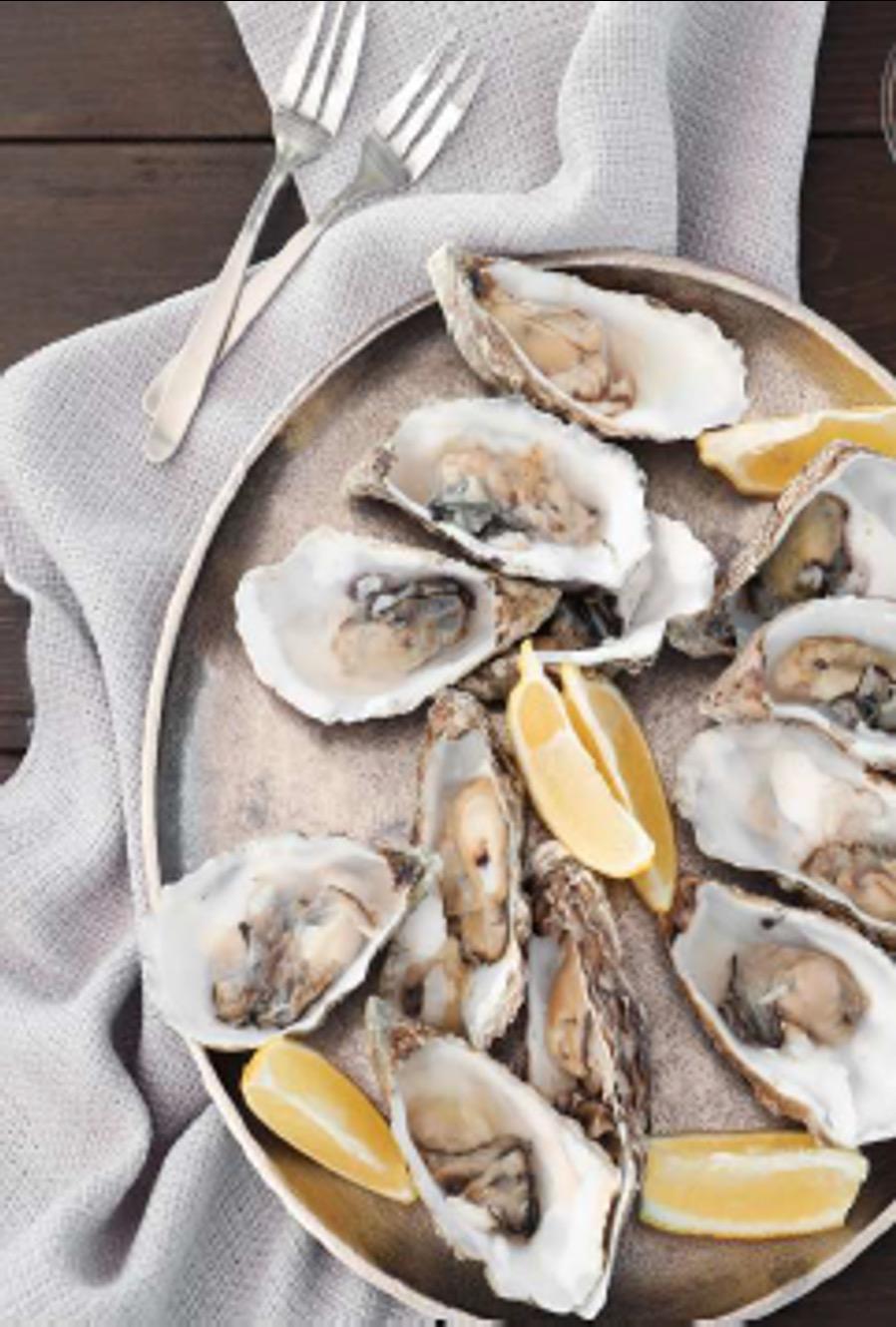










Wine and culture naturally come together in Graves Sauternes to inspire residents, visitors, and winegrowers. Wine travelers can indulge in a full spectrum of truly unique experiences from the conviviality of our châteaux tastings and vineyard visits to gastronomic tours that range from Michelin star to farm to table restaurants. The expansive landscape of Graves Sauternes extends from the doorstep of the city of Bordeaux to the Landes de Gascogne pine forest and the Garonne and Ciron Rivers, allowing visitors to combine a passion for wine with the outdoors. The many scenic villages and landmarks along the way are a living legacy of the original Bordeaux vineyards of Graves Sauternes, a timeless place historically linked to wine and culture.
Ready to get inspired? Some of our latest travel bookings include: e bike and scooter vine tours; art and wine classes; picnics in a 17th Century château garden; Michelin star meals; kayaking and tasting on the Garonne River; and a rail-to-taste tour that takes you from the city of Bordeaux directly to the châteaux.




